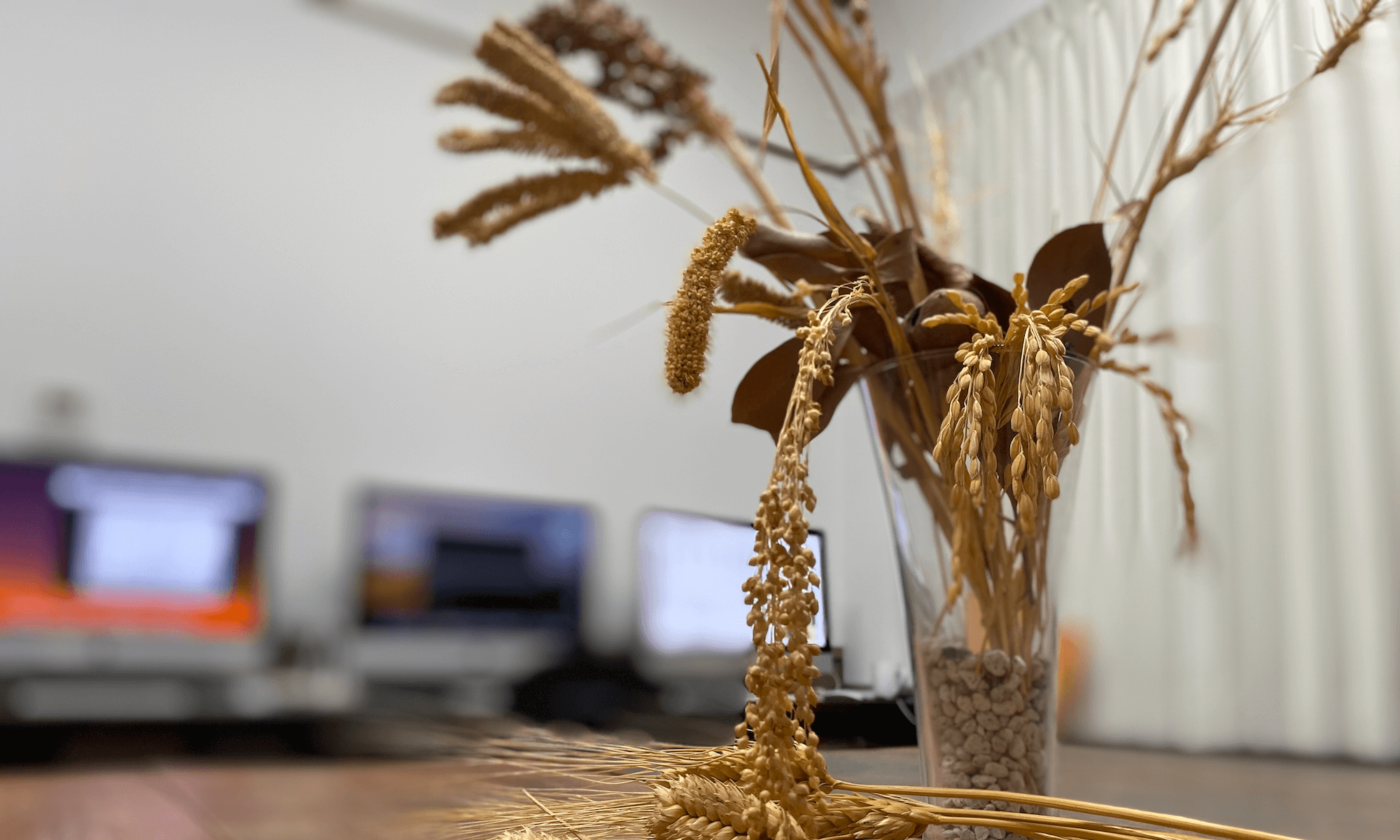A paper by Dr. Kato and colleagues was published in Science.
Kato, H., Nemoto, K., Shimizu, M., Abe, A., Asai, S., Ishihama, N., Matsuoka, S., Daimon, T., Ojika, M., Kawakita, K., Onai, K., Shirasu, K., Yoshida, M., Ishiura, M., Takemoto, D., Takano, Y., & Terauchi, R. (2022). Recognition of pathogen-derived sphingolipids in Arabidopsis. Science, 376(6595), 857–860. https://doi.org/10.1126/science.abn0650
Abstruct
In plants, many invading microbial pathogens are recognized by cell-surface pattern recognition receptors, which induce defense responses. Here, we show that the ceramide Phytophthora infestans–ceramide D (Pi-Cer D) from the plant pathogenic oomycete P. infestans triggers defense responses in Arabidopsis. Pi-Cer D is cleaved by an Arabidopsis apoplastic ceramidase, NEUTRAL CERAMIDASE 2 (NCER2), and the resulting 9-methyl–branched sphingoid base is recognized by a plasma membrane lectin receptor–like kinase, RESISTANT TO DFPM-INHIBITION OF ABSCISIC ACID SIGNALING 2 (RDA2). 9-Methyl–branched sphingoid base is specific to microbes and induces plant immune responses by physically interacting with RDA2. Loss of RDA2 or NCER2 function compromised Arabidopsis resistance against an oomycete pathogen. Thus, we elucidated the recognition mechanisms of pathogen-derived lipid molecules in plants.

